BmoreArt Contributors’ List of 2016: Top Ten Baltimore Art Exhibits and Top Ten Regional and National Exhibits
I always think that end of year “Best Of” lists are a necessary evil in this business, an expected exercise that doesn’t yield much depth and extends bragging rights to just a few. The very idea of it contradicts our goal as a publication, which is always to recognize the diverse contributions of the many talented and hardworking artists in the region.
Despite my initial lack of enthusiasm for list-making, once I dove in, I realized it was a good opportunity to reflect and to express gratitude. For myself and other regular BmoreArt contributors – Bret McCabe, Angela N. Carroll, Amy Boone-McCreesh, Suzy Kopf, Amber Eve Anderson, and Brendan L. Smith – making this list was a chance to consider what we truly value and to appreciate the significant, surprising, and badass contributions of visual artists to our lives in the past year.
Thinking about all the great art I saw in 2016 and looking through BmoreArt’s archives has been a surprising treat. For this reason, many of our “Best Of” blurbs include links to reviews we’ve published over the past year, an invitation to learn more about the artists and also our dedication as a publication to cover as much of it as we can.
Since there were so many ideas generated, we decided to create two lists: one of our favorite exhibits in Baltimore and one of exhibits from other cities and places for 20 Best Exhibits in all.
We hope that you will share in our appreciation for the accomplishments of the artists who have touched our lives this year and shown us that there is much more to our collective experiences than the obvious, the political, and the banal. Enriching, expanding, and challenging our consciousness is the real work of artists and we look forward to your continued efforts in 2017.
Best Baltimore Exhibits of 2016:
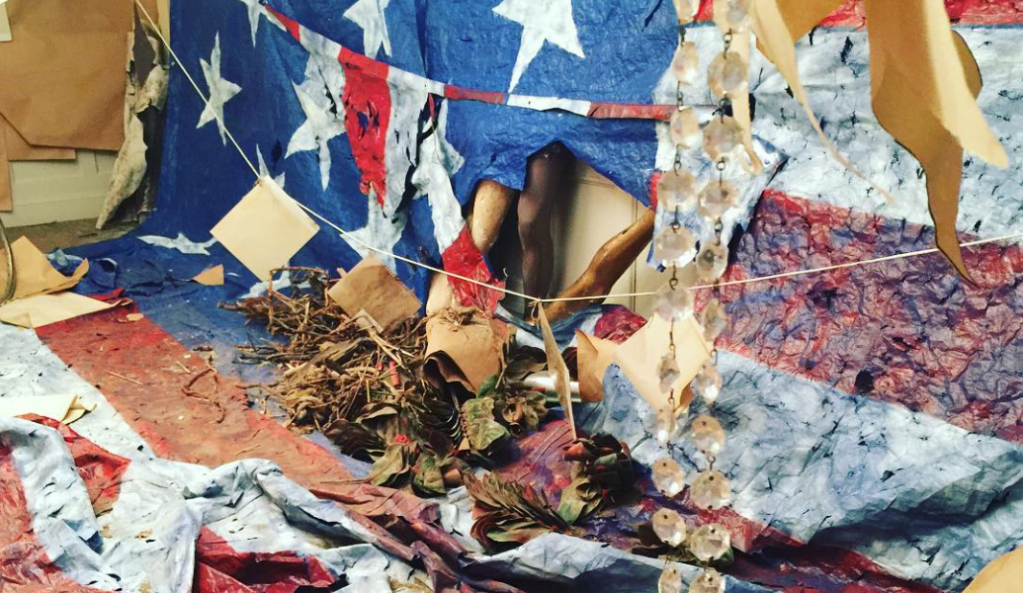 Number One: Abigail DeVille’s Only When Its Dark Enough Can You See the Stars produced by The Contemporary at The Peale Museum
Number One: Abigail DeVille’s Only When Its Dark Enough Can You See the Stars produced by The Contemporary at The Peale Museum
This exhibit was a project of The Contemporary, Baltimore’s nomadic, non-collecting art museum, and it filled The Peale Museum with dark, site-specific installations made of detritus from the building itself and repurposed materials donated from an architectural reuse center. Heavily material and corporeal, the installations exposed how a building can bear witness to history—from the city’s first secondary school for African Americans to a storage facility.
The series of performances in “The People’s Theatre,”—a pew-filled room beneath a sparkling canopy of tattered black plastic—played host to an open mic on the weekends. This, along with a closing event including a parade complete with marching band and dance squad, implied the viewer’s complicity as participant, not only observer. (Amber Eve Anderson)
 Number Two: Matisse/Diebenkorn at the BMA
Number Two: Matisse/Diebenkorn at the BMA
For anyone who has ever picked up a paintbrush, the Matisse/Diebenkorn exhibit at the Baltimore Museum of Art is a holy grail. Both are considered titans of painting who irrevocably shaped the boundaries and vocabulary of painting in their day, when their prolific bodies of work frustrated, angered, and delighted the art world, and continue to influence generations of painters.
While the exhibit focuses on a linear transfer of influence from Matisse to Diebenkorn, the exhibit, arranged to highlight specific techniques, compositions, and color invented by Henri Matisse and then borrowed and translated by Diebenkorn, there’s a larger sphere of influence that comes into focus. Both Matisse and Diebenkorn were rule-breakers in their day, especially in their insistence on making the process and act of painting central to the meaning of the work. While other painters cleaned up their surfaces and covered up changes and mistakes, both Matisse and Diebenkorn made their often lumpy palimpsest surfaces a hallmark of their technique.
Both make painting appear pleasurable, easy, and accessible to anyone, while anyone who has tried to emulate their seemingly carefree approach knows this is not the case. Best of all, this show inspires an irresistible urge to rush to your studio and dip your brush into paint, the ultimate gift from one artist to another. (Cara Ober)
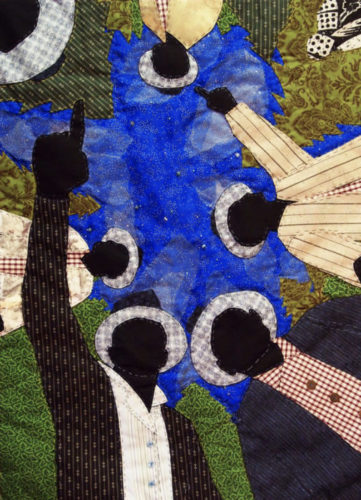 Number Three: Stephen Towns’ Take Me Away to the Stars at Galerie Myrtis
Number Three: Stephen Towns’ Take Me Away to the Stars at Galerie Myrtis
The work in Take Me Away to the Stars uses an ecstatic revisionist aesthetic to chart the incredible saga of one of the most significant slave revolts in U.S history. The exhibition provided an inspiring rumination on the possibilities of myth and magical thinking as essential tools for past and contemporary freedom movements. (Angela N. Carroll)
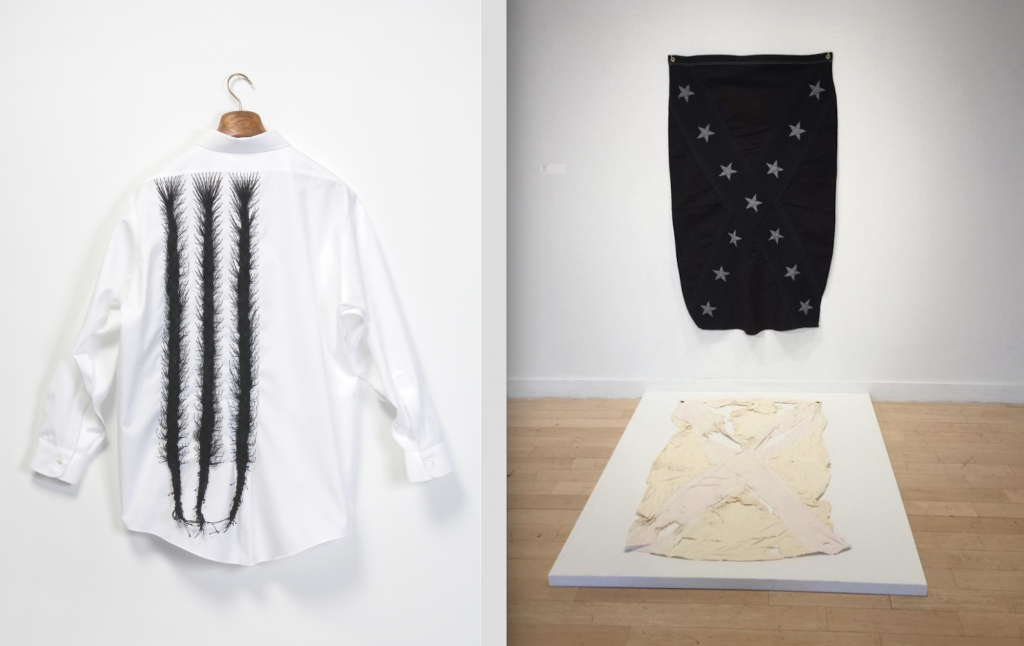 Number Four: Baltimore Rising at MICA
Number Four: Baltimore Rising at MICA
Curated by Tony Shore, this impressive show gave a sense of the diverse and creative ways in which local artists have been thinking about race and social justice in the wake of the death of Freddie Gray. From Nate Larson’s remarkable installation (in which viewers found themselves between opposing rows of photographs of riot police and protestors) to Sonya Clark’s unravelled Confederate Battle flag, the work was strong, and the overriding effect at once unnerving and challenging: a solemn tribute to a city still recovering from a trauma. (Kerr Houston)
 Number Five: Hermonie Only Not Now at Gallery Four
Number Five: Hermonie Only Not Now at Gallery Four
In Gallery Four’s sprawling warehouse galleries, Only’s tiny, monochromatic works should be lost, yet they actually absorb more power from the empty spaces around them. This is a masterful exhibit by an artist who appears not to be in a hurry to get anywhere else. It feels grounded and this can be a rarity in a city full of young artists.
Only’s works manifest power is through their exquisite, almost other-worldly construction. Each piece offers a puzzle to the viewer, in terms of materials and process. The tiny, mostly black, geometric works, which include sculpture, drawing, and prints, function like tiny monoliths or ancient pyramids. Their purpose and message is mysterious, each possesses an element of surprise, where you have no idea how it was made and this is irresistible. As you investigate the materials and their industrial-minimal shapes, a beautiful violence comes into focus, where systems are both loved and feared, where the individual finds solace in the creation of new and rigid problems. (Cara Ober)
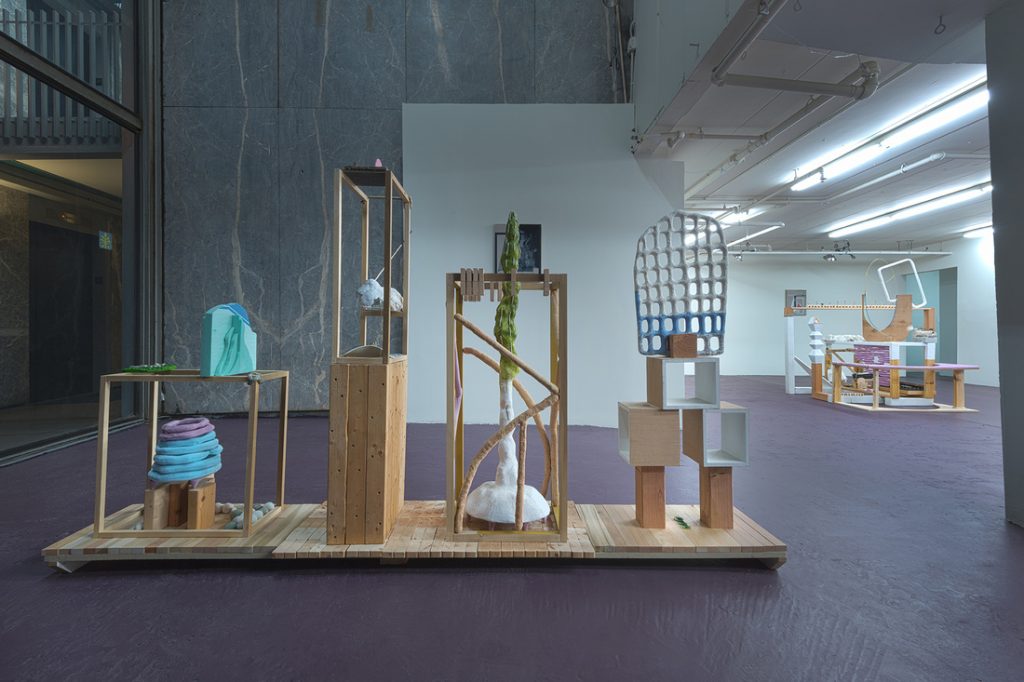 Number Six: Cindy Cheng: Whet Stone Hone at St. Charles Projects
Number Six: Cindy Cheng: Whet Stone Hone at St. Charles Projects
Cindy Cheng, faculty member at MICA and multi-media artist, participated in this two-person show at St. Charles Projects with Rubens Ghenov. Cindy’s work, titled Whet Stone Hone, felt like a personalized cabinet of curiosities, housed in sculptural furniture. Eccentric hand-made objects pushed the boundaries of material presence and rewarded the viewers that spent more time creating connections between forms and colors. The work lived somewhere between design and relic, touching on formal concerns, while maintaining an organic existence. (Amy Boone-McCreesh)
 Number Seven: David Ubias: Onslaught of Obsolescence at Space Camp / ICA Baltimore
Number Seven: David Ubias: Onslaught of Obsolescence at Space Camp / ICA Baltimore
Onslaught of Obsolescence was a very large collection of work from David Ubias. Before this exhibition Ubias had not shown in Baltimore for years. The sheer number of unified paintings alone are a testament to his disciplined approach to art making, despite the sometimes silly subject matter. The unique surface textures took paper pulp into painterly territory; depicting both iconic and mundane imagery, with a nod to folk art. Ubias showed clear ownership over his palette and aesthetic, mounting this diverse and dynamic exhibition at Space Camp (ICA Baltimore) in Baltimore. (Amy Boone-McCreesh)
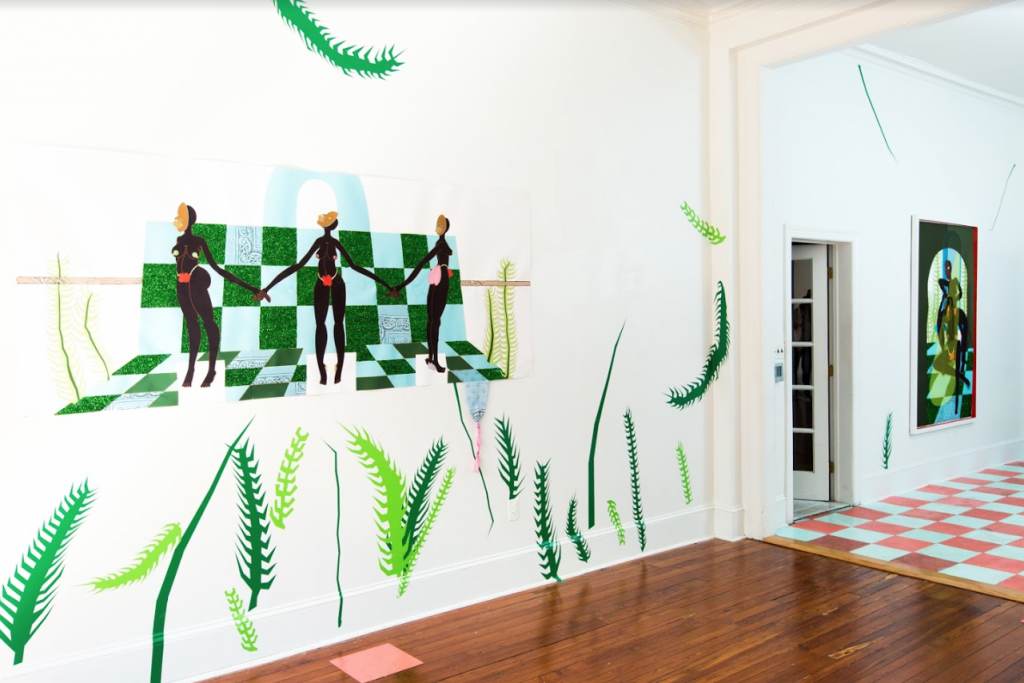 Number Eight: Theresa Chromati: BBW at Platform Gallery
Number Eight: Theresa Chromati: BBW at Platform Gallery
Local mixed-media artist Chromati utterly annihilated the consumerist objectification of the female body, and the black female body specifically, with this solo show at Platform Gallery. Her arresting works here depict a series of stylized female forms in surreally intimate settings, creating a vocabulary and body of work as singular and powerful as that of Leonor Fini or Marisol Escobar. (Bret McCabe)
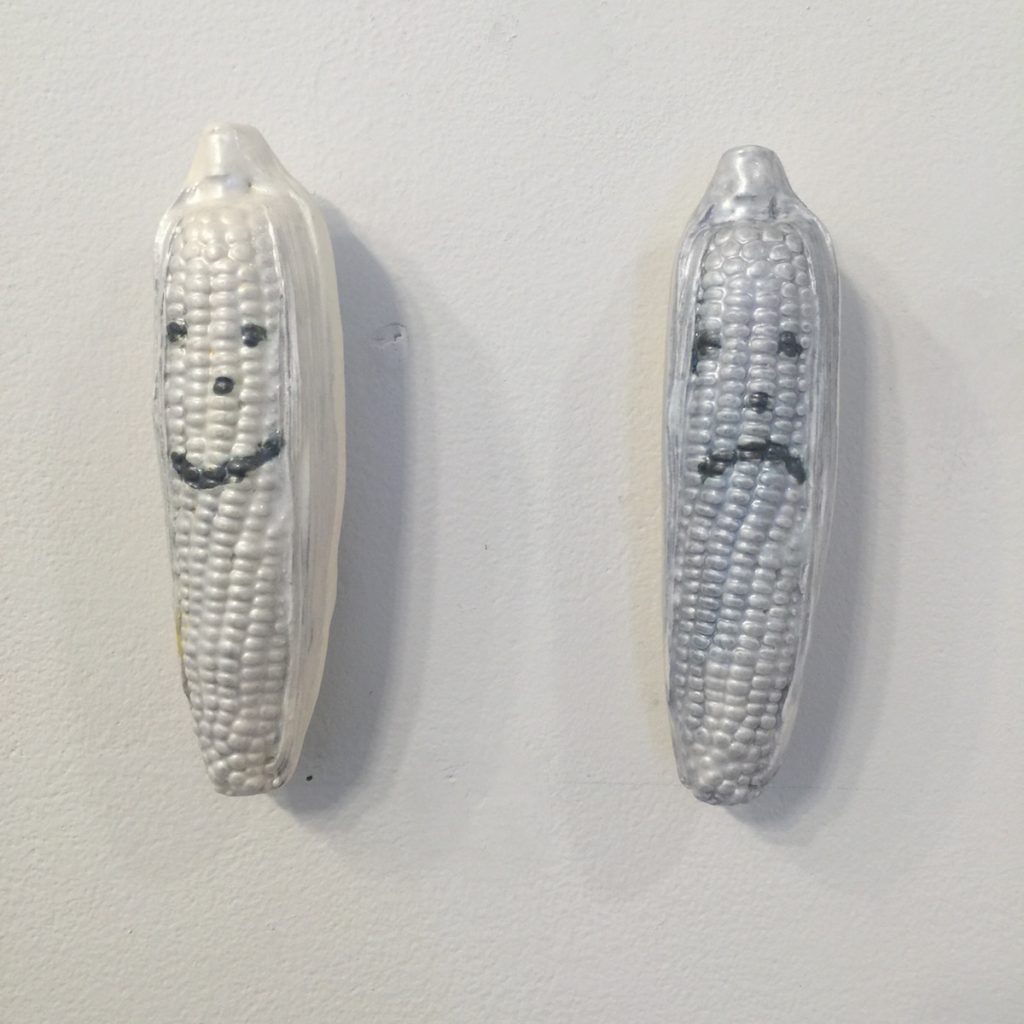 Number Nine: Seth Crawford So and So at Current
Number Nine: Seth Crawford So and So at Current
I absolutely loved this show, and I am aware of my own bias for pop and material culture coupled with willfully dumb and wicked humor. So-And-So featured a video made up exclusively of Chewbaca footage. There were mud flaps emblazoned with Yosemite Sam. There was a giant daycare-colored cutout of the state of Wisconsin, that resembled a podium or end table. There were silver ceramic ears of corn, painted with a sad and happy face, like cheesy dramatic masks. There was a breast implant. There was a French baguette with plastic eyes and a duck’s beak added onto it, Mr. Potato Head-style, sitting on a shelf. Get it? It’s a duck face. On a baguette. I don’t even know why I think this is hilarious, but I do. And then there was a book of multiple faux artist statements and lists of works.
No artist should ever have this much fun in a gallery setting. Crawford sets the bar high. (Cara Ober)
Number Ten: Deer in Headlights, a group show of small works by June Culp, Aaron Dunn, Dave Eassa and Rachel Hayden at Tastykake Gallery at April’s AlloverStreet.
Tyler Hildebrand’s (formerly of the Creative Alliance) roaming gallery/truck melds the ad hoc nature of DIY artist happenings with the tropes of a traditional gallery setting. Hildebrand has outfitted his mobile gallery with the all the details of a permanent one yet the scale of the space requires small slices of 2D work. This tiny group show of four nontraditional painters exploring color, delivered on that, providing an almost tropical punch on what was an extremely frigid evening. (Suzy Kopf)
Top 10 Exhibits Outside of Baltimore:
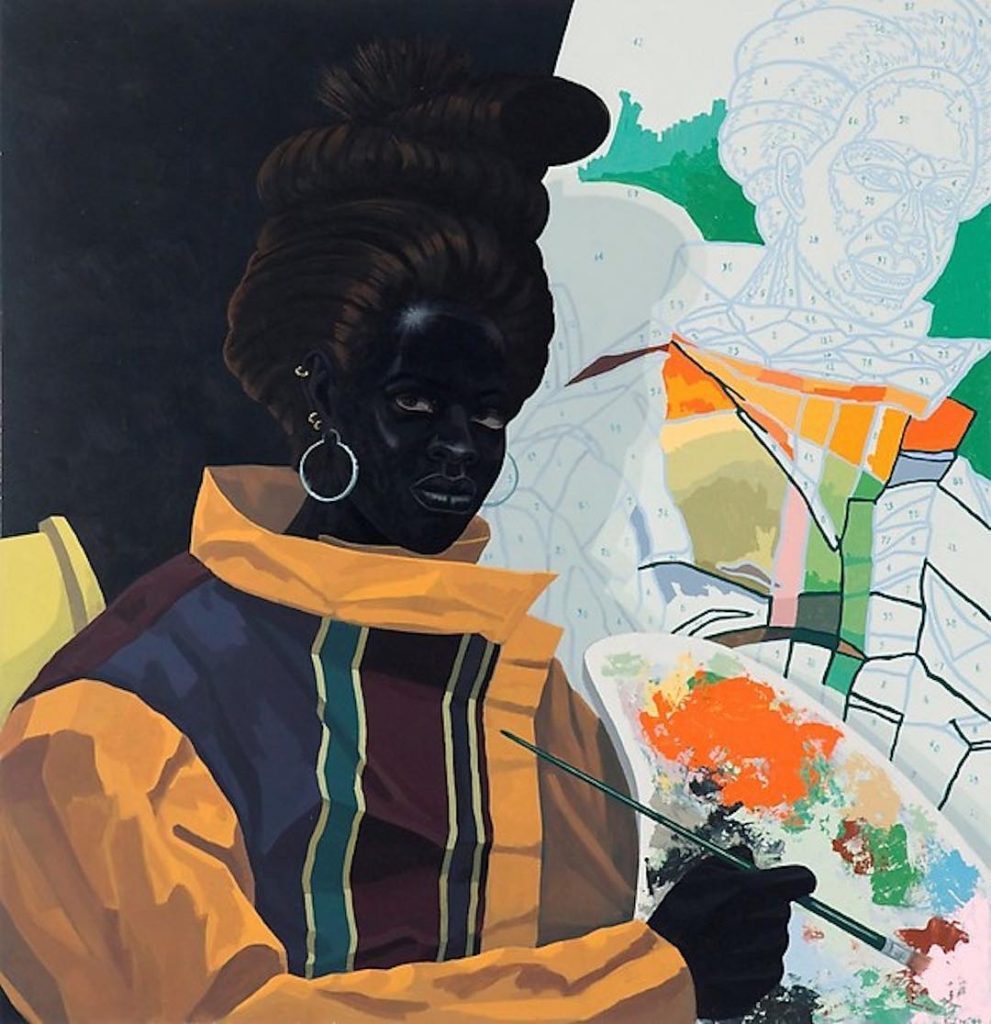 Number One: Mastry: Kerry James Marshall at The Metropolitan Museum Breuer
Number One: Mastry: Kerry James Marshall at The Metropolitan Museum Breuer
Magical. Immersive. Awe-inspiring retrospective that spans over thirty years of multimedia works challenging concepts of race, history, and art archival. A must-see exhibition. (Angela N. Carroll)
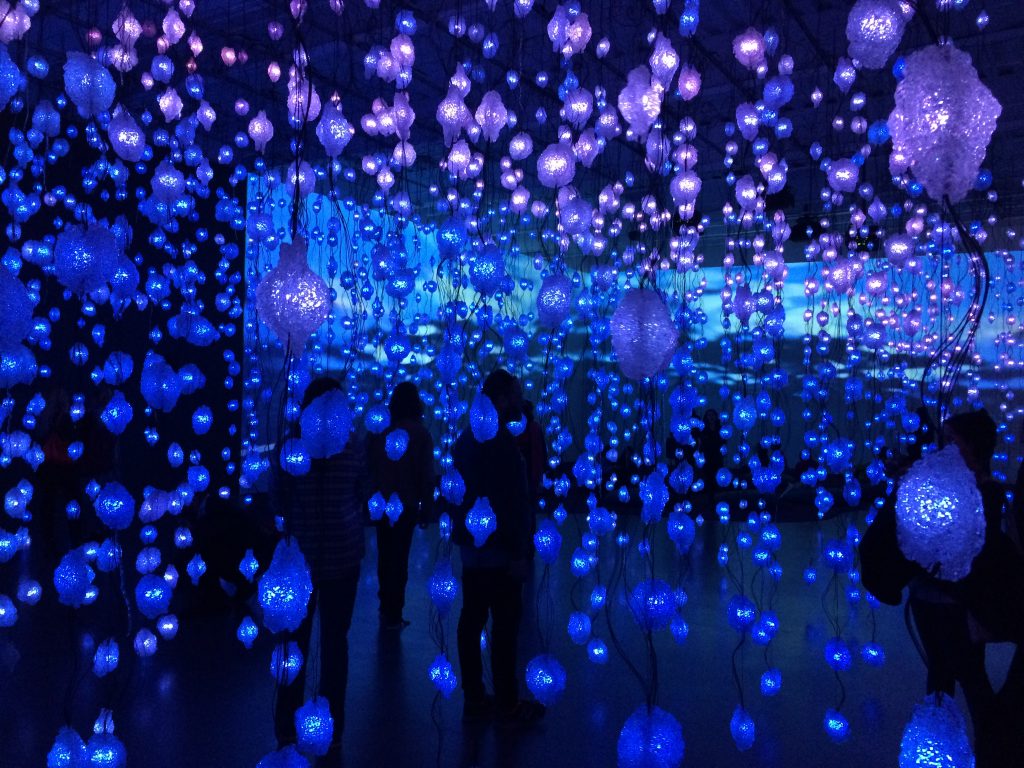 Number Two: Pipolitti Rist’s Pixel Forest at The New Museum
Number Two: Pipolitti Rist’s Pixel Forest at The New Museum
In this exhibit, Rist demonstrated her deft mastery of video from the 80s through today. Room after room of layered projections and melancholic songs kept me circling as I attempted to absorb every aspect. From the machine dispensing “peace bombs” (smoke inside of soap bubbles) at the entrance, to the ever-instagrammable dangling sea of jellyfish-like LEDs, to a room of beds beneath projections on shaped panels hanging from the ceiling of the top floor, Pixel Forestproved Rist’s inimitability. (Amber Eve Anderson)
 Number Three: Laura Poitras: Astro Noise at the Whitney Museum of American Art
Number Three: Laura Poitras: Astro Noise at the Whitney Museum of American Art
In a year that is ending with a series of revelations about digital espionage, this modest but pointed show was disturbingly to the point. Poitras, best known for her documentary of Edward Snowden, created a series of installations that shed light on the shadowy techniques used by our government in the seizure and manipulation of information. Most unsettling, however, was the way in which she casually made us, even as we shook our heads at her revelations, into voyeurs. We are neither as safe, nor as innocent, as we think. (Kerr Houston)
 Number Four: Home is Where You Park It, Drew Leshko at Paradigm Gallery in Philadelphia
Number Four: Home is Where You Park It, Drew Leshko at Paradigm Gallery in Philadelphia
This breathtaking show stood out in a year of miniatures. Leshko, a master of the 1:12 scale focused exclusively on painstaking reproducing the details of mobile homes in all their glory and grime. The result was a compact exhibit that channeled strong 1980s vibes while still feeling extremely current in the era of tiny houses. With so much detail to take in, I spent 40 minutes in this small gallery. (Suzy Kopf)
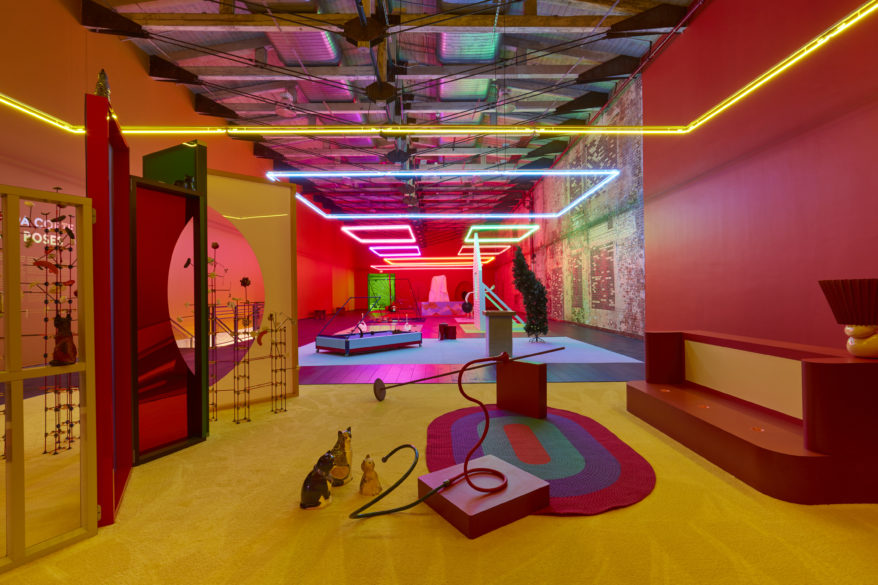 Number Five: Alex Da Corte’s Free Roses at Mass MOCA
Number Five: Alex Da Corte’s Free Roses at Mass MOCA
This exhibit was darkly humorous—simultaneously dizzying and transfixing. Seemingly labyrinthine rooms—dimly lit by various neon lights bouncing off reflective floors and patterned walls—displayed videos, sculptures and found objects to the tunes of Leonard Cohen’s Chelsea Hotel, a game-show-like, trans-inducing xylophone and the imagined hum of motors spinning plastic swans and a dog in circles. Add to this the subtle scent of oranges and pleasant surprises, like a hanging ladder leading to a black square built into the ceiling, and I left overwhelmed—gasping for air—but wanting more. (Amber Eve Anderson)
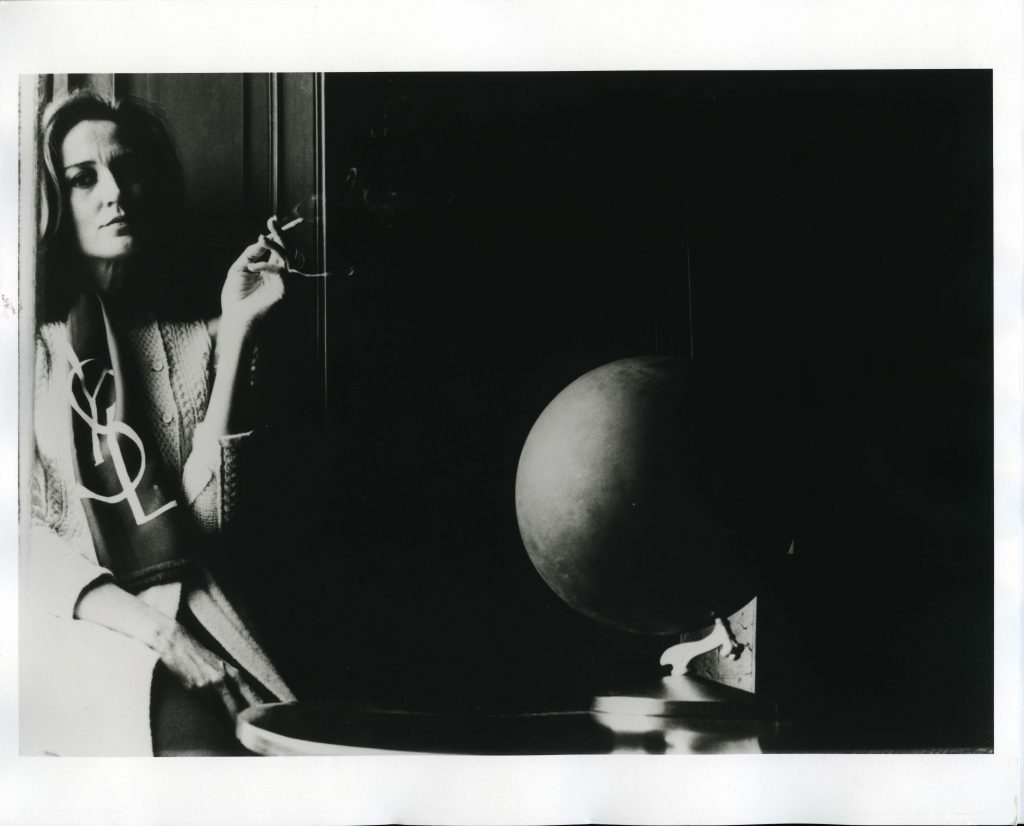 Number Six: Los Angeles to New York: Dwan Gallery, 1959-1971 at the National Gallery of Art
Number Six: Los Angeles to New York: Dwan Gallery, 1959-1971 at the National Gallery of Art
A meticulous exercise in the institutional history of art, this tight exhibition highlighted the pivotal role played by Virginia Dwan’s mid-century galleries in fostering new artistic discourses, and a truly cross-continental art world. The artwork on display (from endearing kinetic works by Jean Tinguely to Ed Kienholz’s dark Back Seat Dodge ’38) was consistently remarkable, but perhaps the most notable thing about this show was the way in which it presented a period that feels familiar in an entirely new light. (Kerr Houston)
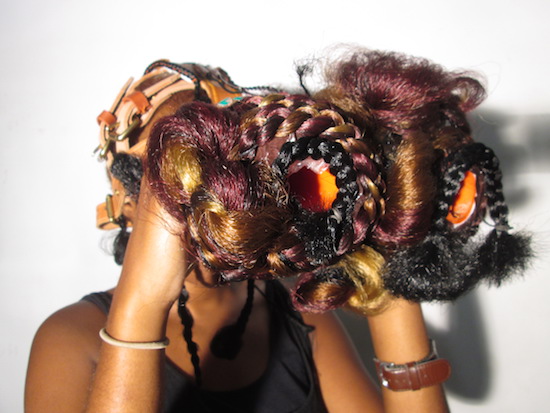
Number Seven: Public Displays of Privacy at the DC Arts Center
Curated by Martina Dodd at the DCAC. Featured artists: Nakeya Brown, Adrienne Gaither, Danielle Smith, Khadijah Wilson. A exhibition featuring four emerging women artists based in DC. Selected works explore black womanhood, memory, and subjectivity. (Angela N. Carroll)
 Number Eight: Little Tavern: Sage Dawson at Pyramid Atlantic Art Center in Silver Spring, MD (they have since moved)
Number Eight: Little Tavern: Sage Dawson at Pyramid Atlantic Art Center in Silver Spring, MD (they have since moved)
A former fellow of Pyramid Atlantic’s Denbo Fellowship program, Dawson returned to the art center with this installation based show, an homage to the building’s history as the Little Tavern chain’s headquarters. Staged in the vault of the former burger joint’s offices, Dawson assembled a collection of remainders of the building’s former life. The exhibit’s timing was especially poignant as Pyramid was moving out at the end of the month, the lot the building stands on slated for condos coming in late 2017. (Amy Boone-McCreesh)

Number Nine: Ragnar Kjartansson at The Hirshhorn
Kjartansson is one of the most famous and prolific performance artists in the world, but he views his own profession with some skepticism, creating work that embraces humor, satire, sorrow, and melancholy through performances that blur the boundaries between art, music, theater, and the absurd. The Hirshhorn Museum is staging the first major U.S. survey of his work through January eighth and his performance and film blends music with art, melancholy with joy, and a sense of history with the immediacy of the present. (Brendan L. Smith)

Number Ten: No Man’s Land at the National Museum of Women in the Arts
The National Museum of Women in the Arts flips the patriarchal switch in a compelling new exhibition called No Man’s Land: Women Artists from the Rubell Family Collection, on view until Jan. 8, 2017. Featuring artwork by 37 female artists from 16 countries, the show explores the artmaking process and different interpretations of the female body, ranging from sensual to political to absurd.
The exhibition is a smaller version of a show that opened last year at the Rubell Family Collection museum in Miami. Mera and Donald Rubell, who own a chain of hotels including the Lord Baltimore Hotel and the Capitol Skyline in D.C., have collected art since the 1960s, assembling one of the largest private contemporary art collections in the world. (Brendan L. Smith)
Author Credits:
Bret McCabe is a haphazard tweeter, epic-fail blogger, and a Baltimore-based arts and culture writer.
Angela N. Carroll uses illustration, citizen journalism, documentary film, words, and experimental animation as primary mediums to contribute to and critique the archive. Music and meditation are her medicine. She is an artist-archivist; a purveyor and investigator of culture. Follow her on IG @angela_n_carroll or at angelancarroll.com.
Author Brendan L. Smith is a freelance journalist and mixed-media artist in Washington, D.C.
Author Amy Boone-McCreesh is a Baltimore-based artist, writer, and professor. Catch her monthly studio visit column, Keep Going: Inertia at BmoreArt.
Cara Ober is a Baltimore-based artist, writer, and professor. She is founding editor at BmoreArt.
Kerr Houston teaches art history and art criticism at MICA; he is also the author of An Introduction to Art Criticism (Pearson, 2013) and recent essays on Wafaa Bilal, Emily Jacir, and Candice Breitz.
Amber Eve Anderson is a Baltimore-based multidisciplinary artist whose work uses images, objects and language to explore themes of place and displacement. She is a recent graduate of the Mount Royal School of Art MFA program at MICA.
Suzy Kopf is a recent Brooklyn to Baltimore transplant. Suzy is a painter and just completed an MFA degree at MICA. She is a co-founder of the Gowanus Swim Society, a Brooklyn, NY based art collective.









